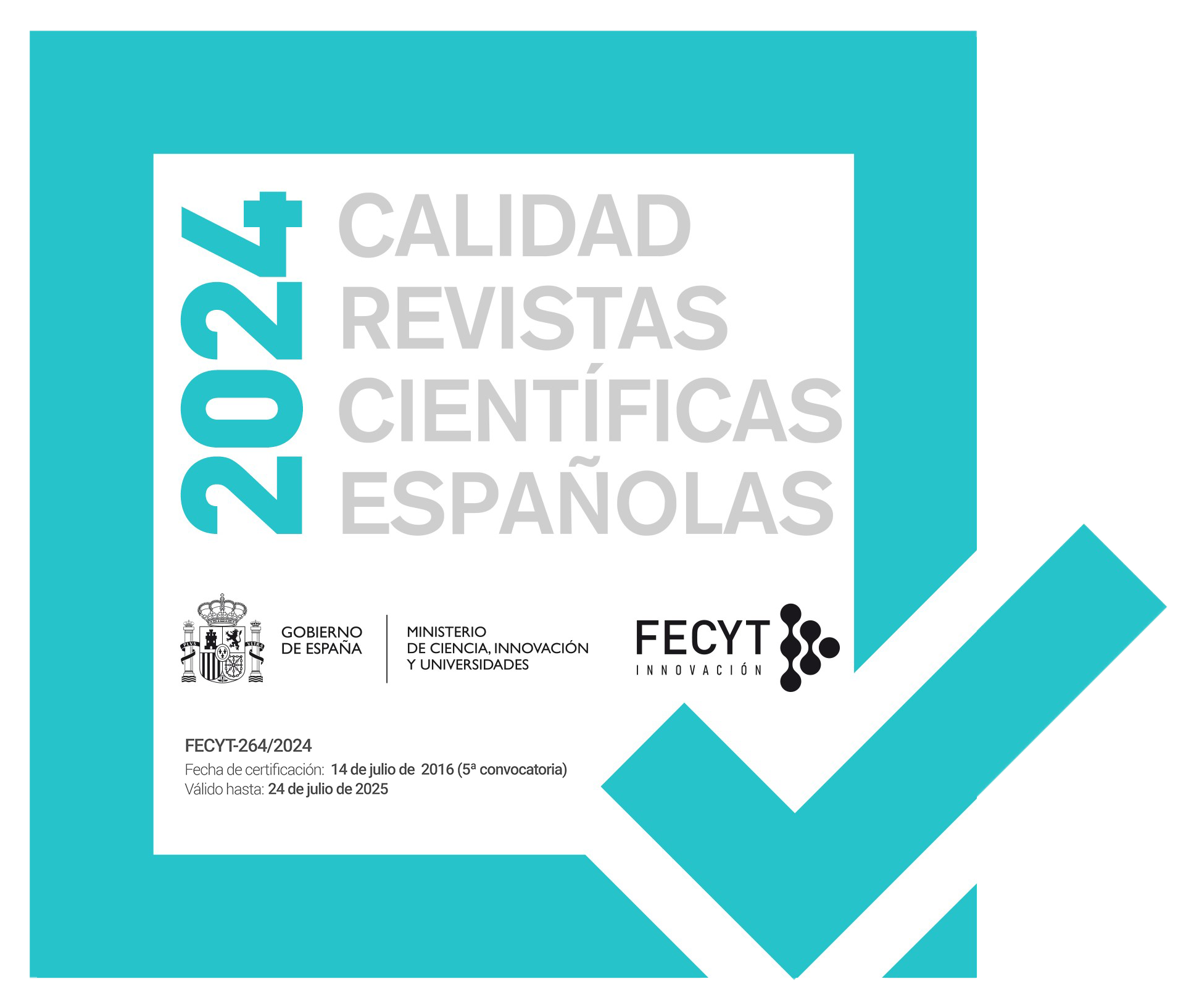Gravity map of the isla Grande de Tierra de Fuego, and morphology of Lago Fagnano
DOI:
https://doi.org/10.1344/105.000000291Keywords:
Tierra del Fuego Island, Bouguer gravity map, Lago Fagnano bathymetry, Gravity modelAbstract
A complete Bouguer gravity map of the central-eastern part of the Isla Grande de Tierra del Fuego, and a general bathymetric chart of the Lago Fagnano have been realized, on the basis of a series of field geophysical surveys carried out on the Island since 1998. The regional gravity anomaly trend onshore shows a progressive negative gradient from N to S. Distinct, broadly E-W-trending gravity minima are superimposed on this regional negative gradient. They follow the main trace of the Magallanes-Fagnano fault system, which represents the western segment of the left-lateral South America-Scotia transform plate boundary. The gravity minima reflect the presence in the subsurface of restricted and elongated basins developed within the principal displacement zone of the fault system. A relative positive gravity maximum is located just at the SE corner of the Lago Fagnano, and represents the response of a partially exposed crystalline body, occupying an area 3 x 3 km wide. A 2D vertical crustal model has been constructed, combining gravity data inversion and geological information available for the central-eastern region of Lago Fagnano. The bathymetric map of the Lago Fagnano delineates the main morphological features of this 110-km-long, 7-km-wide lake, the largest of Isla Grande. The floor is divided into distinct parts, which suggests that the basin is composed of different sub-basins. In most areas, the basin floor is highly asymmetric in shape, with flat depocentral areas. The most pronounced asymmetry of the basin is seen in the eastern end of the lake, where there is also the deepest depression. The steeper slope of the basin, along the northern shore of the Lago Fagnano, also coincides with the most pronounced regional topographic gradient. The general gravimetric and morphological features of the investigated region are here discussed.
References
Aydin, A., Nur, A., 1985. The types and role of step-overs in strikeslip tectonics. In: Biddle, K.T., Christie-Blick, N. (eds.). StrikeSlip Deformation, Basin Formation and Sedimentation. Soc Econ. Paleontol. Mineral, Spec. Publ., 37, 35-44.
Ben-Avraham, Z., 1992. Development of asymmetric basins along continental transform faults. Tectonophysics, 215, 209-220.
Ben-Avraham, Z., Zoback, M.D., 1992. Transform-normal extension and asymmetric basins: an alternative to pull-apart
models. Geology, 20, 423-426.
Ben-Avraham, Z., Almagor, G., Garfunkel, Z., 1979. Sediments and structure of the Gulf of Elat (Aqaba) – Northern Red Sea. Sedimentary Geology, 23, 239-267.
Bujalesky, G.G., Heusse, C., Coronato, A.M., Roig, C.E., J.O. Rabassa, 1997. Pleistocene glaciolacustrine sedimentation at
Lago Fagnano, Andes of Tierra del Fuego, Southernmost South America. Quaternary Science Reviews, 16, 767-778.
Cunningham, W.D., 1993. Strike-slip faults in the southernmost Andes and the development of the Patagonian orocline. Tectonics, 12, 169-186.
Elkins, T.A., 1951. The second derivative method of gravity interpretation. Geophysics, 16, 29-50.
Eyal, Y., Eyal, M., Bartov, Y., Steinitz, G., Folkman, Y., 1986. The origin of the Bir Zreir rhomb-shaped graben, eastern Sinai. Tectonics, 5, 267-277.
Klepeis, K.A., 1994. The Magallanes and Deseado fault zones: major segments of the South American-Scotia transform plate boundary in southernmost South America, Tierra del Fuego. Journal of Geophysics Research, 99(B11), 22001-22014, doi: 10.1029/94JB01749.
Klepeis, K.A., Austin, J.A., 1997. Contrasting styles of superposed deformation in the southernmost Andes. Tectonics, 16, 755-776.
Lodolo, E., Menichetti, M., Tassone, A., Geletti, R., Sterzai, P., Lippai, H., Hormaechea, H-L., 2002a. Researchers target a continental transform fault in Tierra del Fuego. EOS, Trans., 83, 1-5.
Lodolo, E., Menichetti, M., Tassone, A., Sterzai, P., 2002b. Morphostructure of the central-eastern Tierra del Fuego Island
from geological data and remote-sensing images. European Geophysical Society, Stephan Mueller Special Pub. Series,
vol. 2, 1-16.
Lodolo, E., Menichetti, M., Bartole, R., Ben-Avraham, Z., Tassone, A., Lippai, H., 2003. Magallanes-Fagnano continental transform fault (Tierra del Fuego, southernmost South America). Tectonics, 22(6), 1076, doi: 10.1029/ 2003TC001500.
Morelli, C., Gantar, C., Honkasalo, T., McConnell, R.K., Tanner, I.G., Szabo, B., Uotila, U., Whalen, C.T., 1974. The International Gravity Standardization Net 1971. I.U.G.G. Int. Ass. Geodesy Spec. Pub., 4, 194 pp.
Tassone, A., Lippai, H., Lodolo, E., Menichetti, M., Comba, A., Hormaechea, J-L., Vilas, J.F., 2005. A geological and geophysical crustal section across the Magallanes-Fagnano fault in Tierra del Fuego. Journal of South American Earth Sciences, 19, 99-109.
Winslow, M.A., 1982. The structural evolution of the Magallanes Basin and neotectonics in the southernmost Andes. In: Craddock, C. (ed.). Antarctic Geoscience. Madison, University of Winsconsin Press, 143-154.
Downloads
Published
Issue
Section
License

This work is licensed under a Creative Commons Attribution-ShareAlike 4.0 International License.
Copyright
Geologica Acta is the property of the UB, GEO3BCN, IDAEA and UAB. Geologica Acta must be cited for any partial or full reproduction. Papers are distributed under the Attribution-Share Alike Creative Commons License. This license allows anyone to reproduce and disseminate the content of the journal and even make derivative works crediting authorship and provenance and distributing possible derivative works under the same or an equivalent license.
Author Rights
Authors retain the copyright on their papers and are authorized to post them on their own web pages or institutional repositories. The copyright was retained by the journal from the year 2003 until 2009. In all cases, the complete citation and a link to the Digital Object Identifier (DOI) of the article must be included.
The authors can use excerpts or reproduce illustrations of their papers in other works without prior permission from Geologica Acta provided the source of the paper including the complete citation is fully acknowledged.




